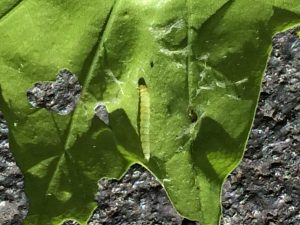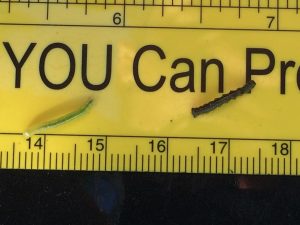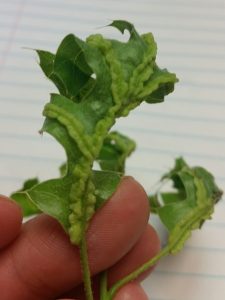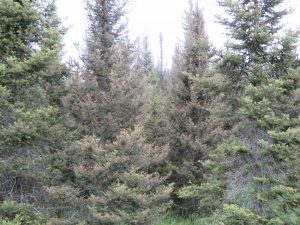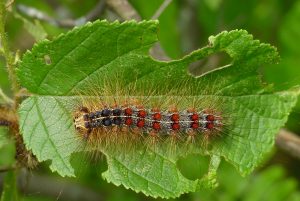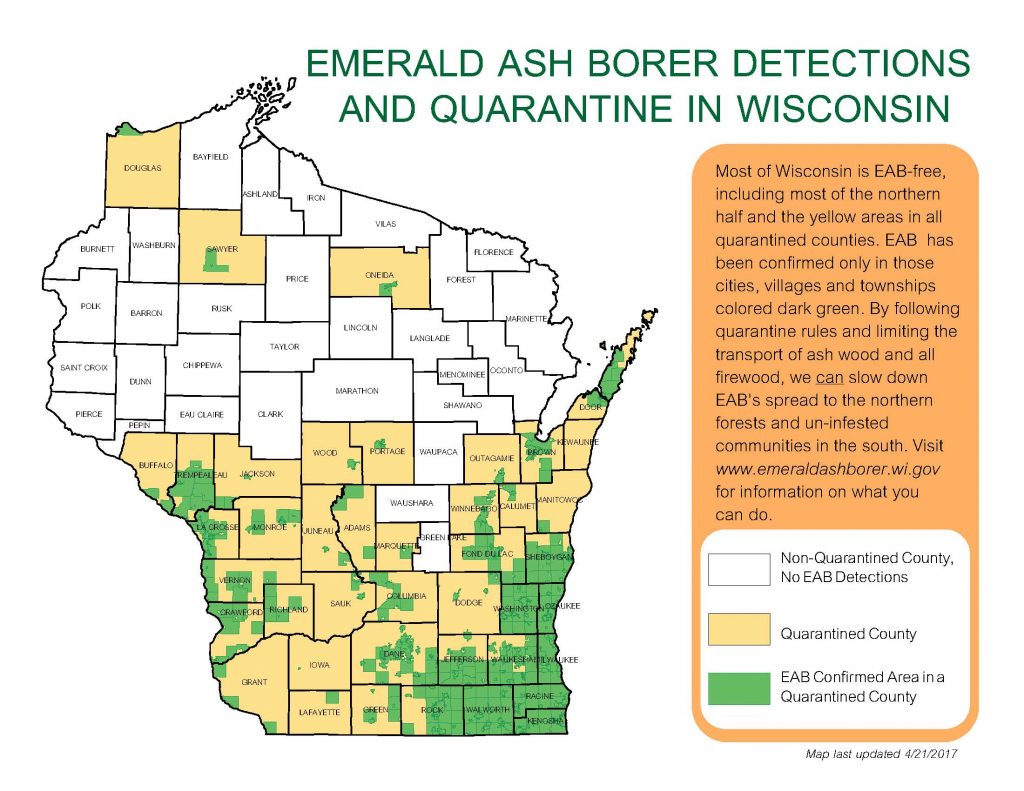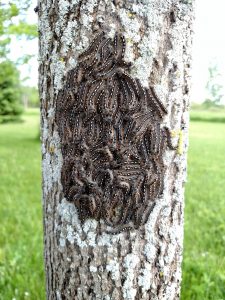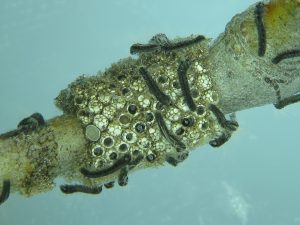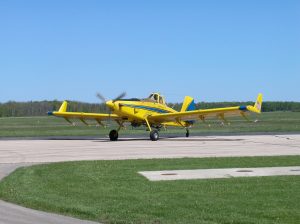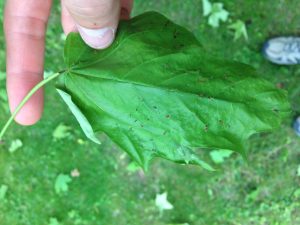
Maple petiole borer damage close up. Photo by Kyle Young.
Maple petiole borer has been active in the northwest. This exotic insect’s larvae cause tunneling damage to leaf petioles, leading to spring leaf drop in sugar maple.
Landowners have reported leaves falling from their sugar maple for no apparent reason. While a first glance of the problem might look similar to maple anthracnose, which is a foliar disease that can also cause premature leaf drop in spring, and has also been notably active this year (see this month’s article on maple anthracnose), a closer inspection of characteristics on fallen leaves points to maple petiole borer instead. Continue reading “Maple petiole borer causing leaf drop in northwest Wisconsin”

